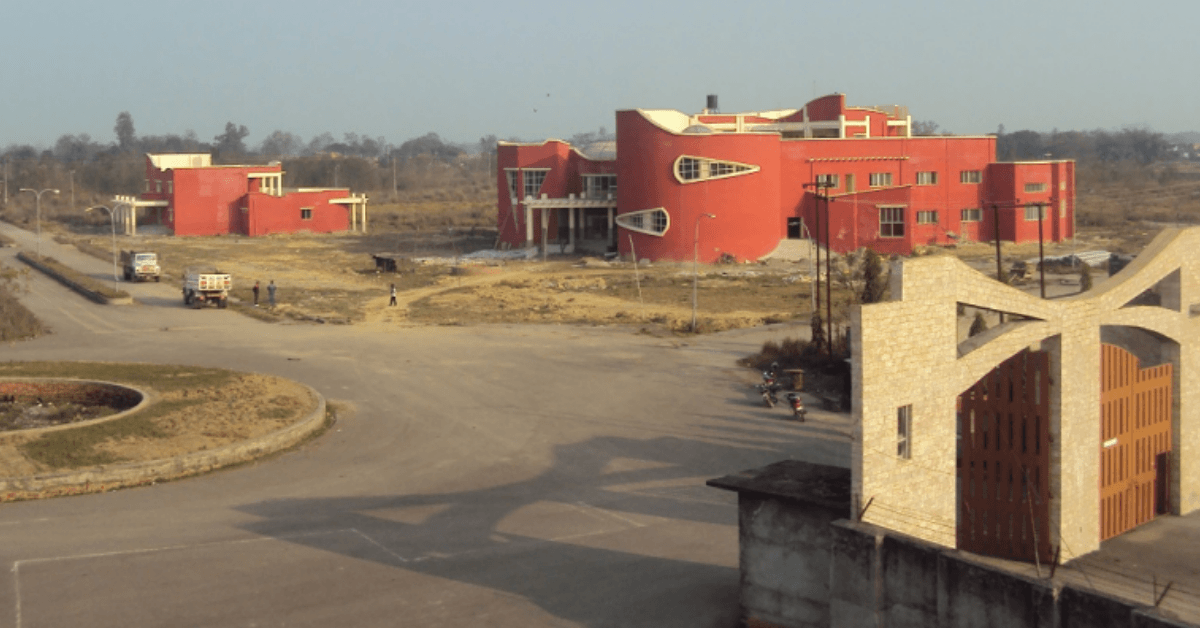Rentals in the special economic zone in Bhairahawa have been halved in an effort to entice investors to set up enterprises there.
This is the second time in six years that the rent has been reduced in response to concerns that it was too exorbitant. The facilities promised at the industrial complex do not appear to attract potential businesses, and enormous swaths of land remain undeveloped.
The country’s first special economic zone, which opened over two decades ago in an attempt to boost exports by streamlining services and utilities, is better recognised for its empty lots than for its bustling manufacturing enterprises.
The Special Economic Zone Authority’s executive director, Chandika Prasad Bhatta, informed the Post that they had agreed to halve the monthly rent to Rs10 per square metre.
“The revised rate will come into effect within 15 days, pending approval by the Special Economic Zone Board.”
The government last reduced the rent in March 2016 when the Cabinet approved a steep cut from Rs150 per square metre to Rs20. The Special Economic Zone Authority, which operates the site, falls under the jurisdiction of the Ministry of Industry, Commerce and Supplies.
At that time, high rental charges had been blamed for the reluctance of companies to install production plants inside the special zone. But the private sector thinks it is still too high.
“The revised rent of Rs10 per square metre is still expensive,” said Dinesh Shrestha, vice-president (industry) of the Federation of Nepalese Chambers of Commerce and Industry.
“The rental rate should be nominal to promote industry and generate jobs. The government should not look at commercial benefits all the time,” he said.
The much-hyped Bhairahawa special economic zone located in south central Nepal was built in 2003, and its administrative building was inaugurated in November 2014, that is, a full 11 years after construction started, by the then deputy prime minister and home minister Bam Dev Gautam and industry minister Mahesh Basnet.
In 2017, the then industry minister Nabindra Raj Joshi inaugurated the facility for the second time.
The facility is spread over 52 bighas, and contains 69 industrial plots ranging in area from 1,400 to 3,700 square metres.
There are few takers for the industrial plots at the export-oriented enclave, and the estate lies semi-completed even though many ministers have come and gone in these years.
Bhatta concedes that the SEZ hasn’t delivered on its promise of one-stop shopping. “While other government entities such as the Department of Industry, the Office of the Company Registrar, and the Department of Customs provide services to industries, none of them have offices within the SEZ,” Bhatta explained.
He went on to say that the government had taken a number of steps to entice enterprises to set up shop in the zone, including offering full or partial exemptions from customs duty on raw materials and income tax. Even after that, the facility has failed to attract investors.
Many entrepreneurs have cancelled their agreements to operate plants, citing a lack of even the most basic infrastructure.








